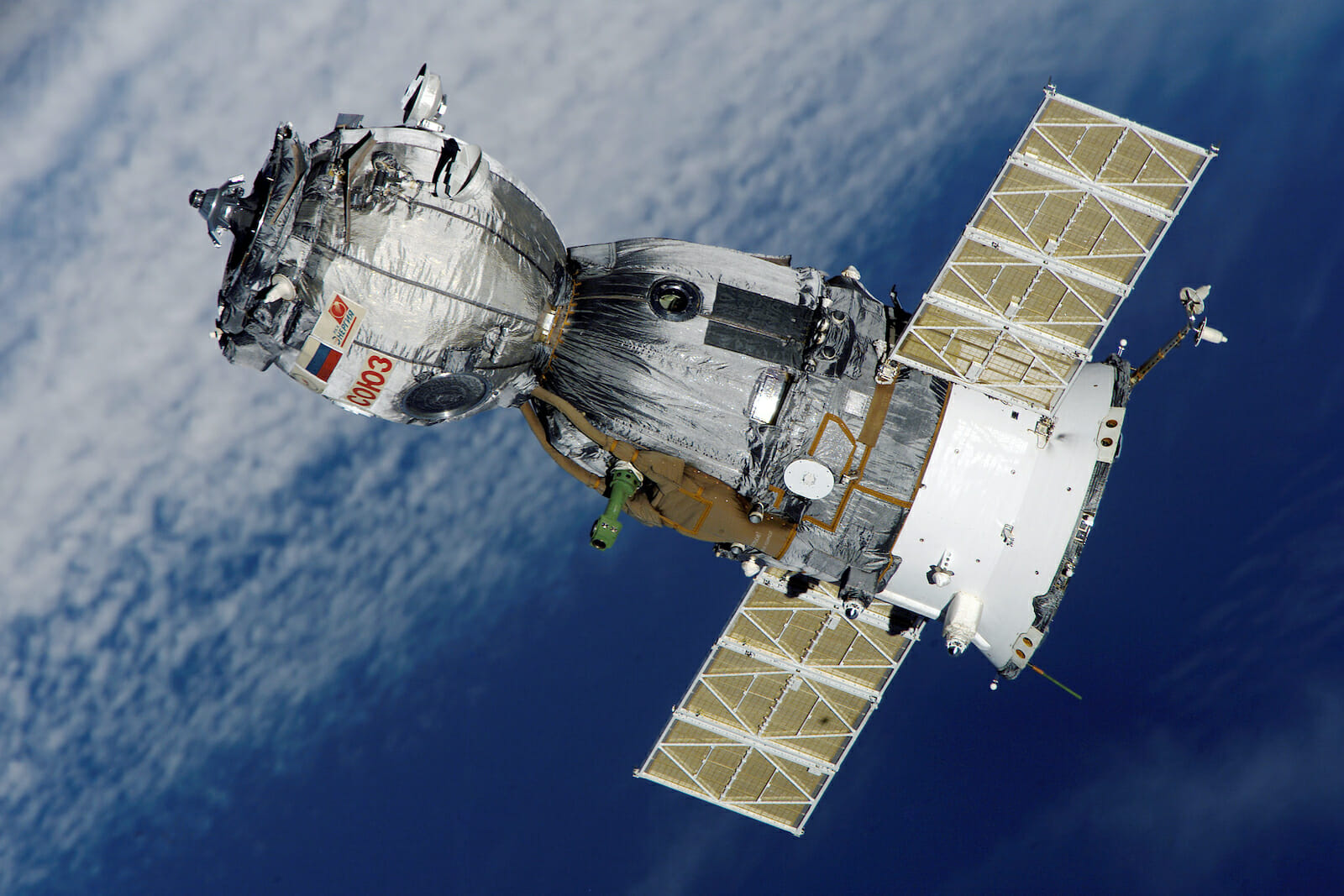
Tech
Here Today, Gone Tomorrow: U.S. Satellite Dependency
The United States launched Telstar 1, the world’s first communications satellite, in 1962. Not only did Telstar I successfully conduct transatlantic communications, its launch forever altered space, and the world as we know it. Today more than 2,000 satellites orbit the Earth, more than a quarter of which are commercial satellites.
Communication satellites connect nearly everyone and contribute greatly to the world’s growth. Yet with them come certain caveats that all of us should know. We depend on satellites for our infrastructure, our safety, and nearly every aspect of our daily lives. According to the Union of Concerned Scientists, the United States operates more satellites than any other country, with some 900 of the 2,000+ on orbit today. We are woefully underprepared for any sort of satellite disruption. Reexamining our nation’s cyber defense capability to incorporate satellite protection is both necessary and urgent.
Our reliance on satellites is greater than we realize. Our infrastructure, economy, weather, navigation, and health care systems all communicate via satellite. A satellite shut down would produce widespread effects. The Internet would not work. ATMs would not work. Cellphones would not work. Airplanes would have difficulty communicating with air traffic control and navigating safely. Ships would be lost. There would be no television. No email. No GPS. Access to life-saving health care would be lost.
Satellite vulnerabilities create liability and weakness for the United States. Hacking a satellite, or simply jamming its signal, is no longer unlikely or improbable. In fact, it is relatively easy. Satellites for commercial use were not designed to ward off signal attacks. They were designed to ease the burden for ground communications, and so many of them do not possess the necessary defense functions.
An attack on a U.S. satellite is not a matter of if, it is a matter of when. The effects of such an attack, whether temporarily jamming the system or completely disabling it, can range from a moderate annoyance to extensive disaster.
The United States must make satellite protection a priority. But what can we do to fix the objects reigning over us in space? How can we protect ourselves when the object is already miles above us? The answer lies in restructuring, repatriating, and reprioritizing.
Of the 900 U.S. owned and operated satellites in space, few of them have the means and capability of protecting themselves from hackers. In an effort to combat this issue, the U.S. must mandate the implementation of satellite restructuring. Meaning, the U.S. must ensure that each satellite launched into space from this point onward has protection against any vulnerabilities.
Of the satellites currently operating with little to no means of protection, the U.S. should begin to “repatriate” them. In other words, the U.S. must begin work to either bring back the operating satellites and insert high-level security, a costly method, or slowly phase out and claim back those at the end of their life cycle and replace them with newer, more sophisticated models.
But of all these points, the one most pressing is prioritization. At the moment, protecting our satellites is a lower-level priority, if one at all. While it may slowly gain the attention of policymakers, it is not an issue that can simply continue to wait. Incorporating satellite protection is both necessary and urgent. Every aspect of our daily life depends on it, including the health, safety, and security of American citizens.
Allowing satellite protection to flounder means allowing the United States to remain vulnerable in nearly every aspect important to the American people. Will it take the loss of major infrastructure to prove this point?
